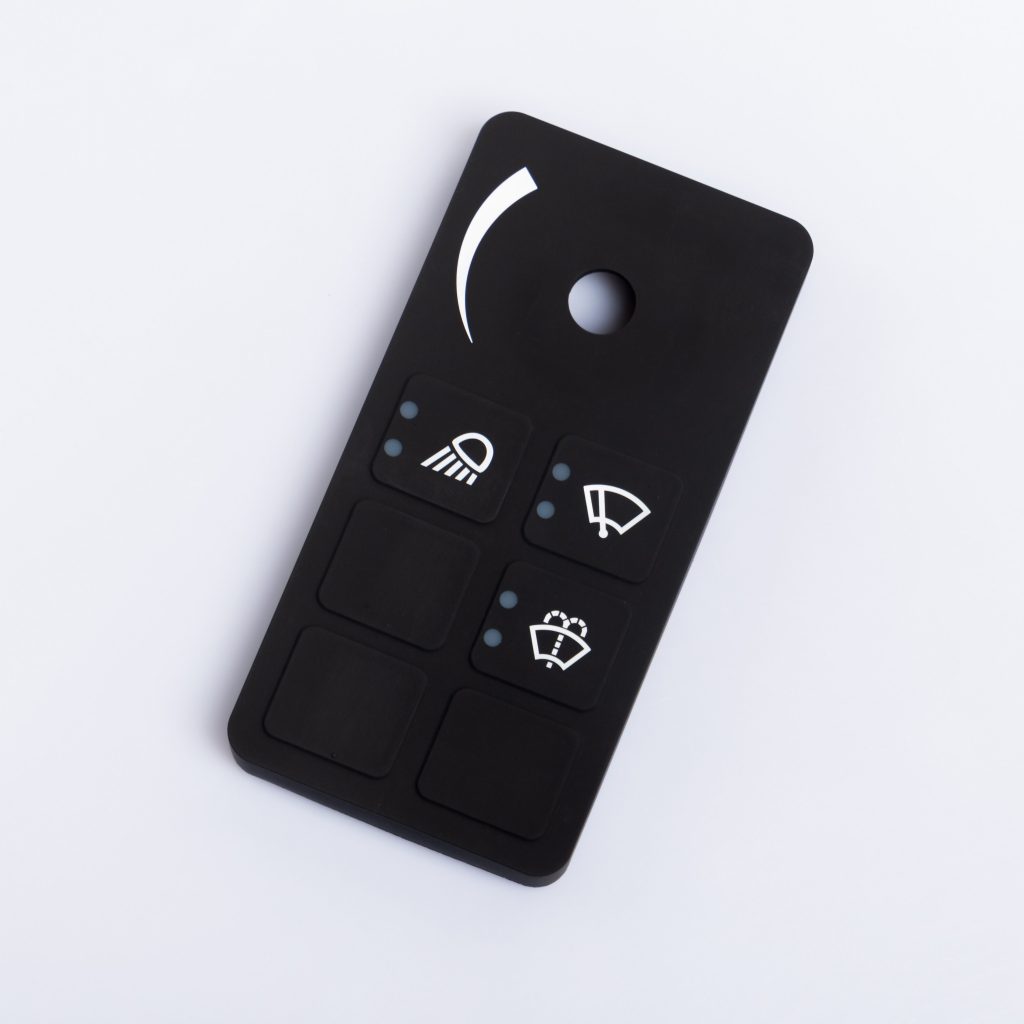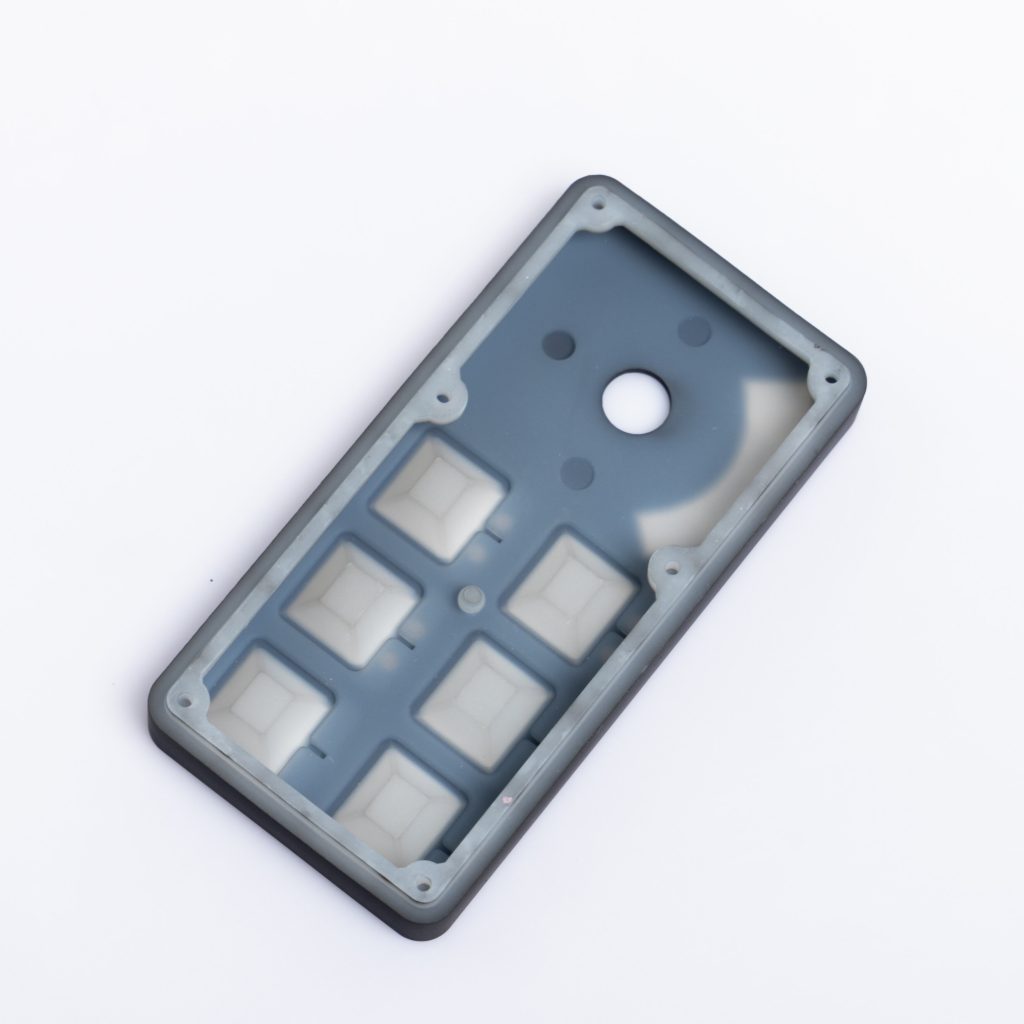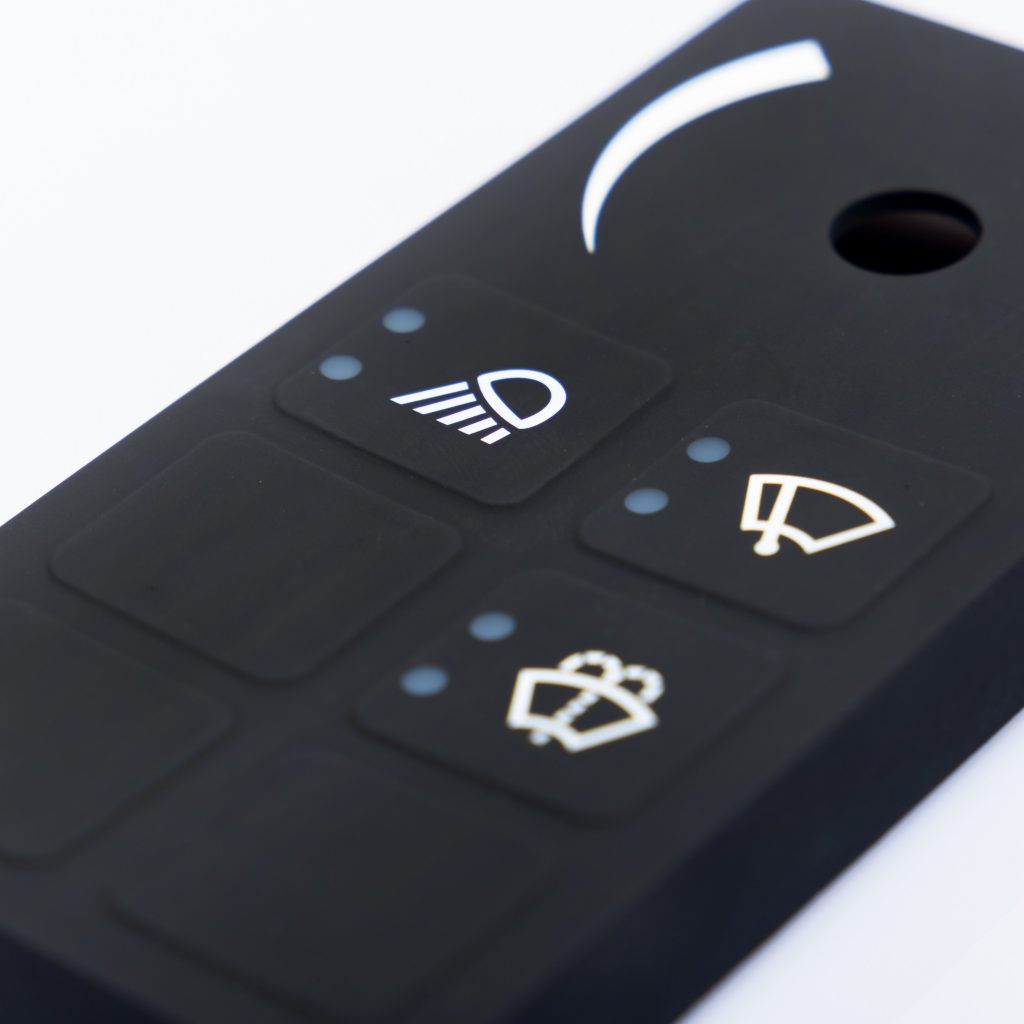Contact
Write to Us And We Would Be Happy to Advise You.
Do you have any questions, or would you like to speak directly with a representative?
By hqt
Discover the latest trends in the silicone rubber keypad market and gain insights into the future of interface technology.
Silicone rubber keypads have become an integral part of various electronic devices, offering a user-friendly and durable interface for a wide range of applications. As technology continues to evolve at a rapid pace, it’s crucial to stay updated on the latest trends in the silicone rubber keypad market to harness the potential of this interface technology. In this article, we will delve into the future of interface technology by exploring the trends shaping the silicone rubber keypad market and its applications in various industries.



The rise of wearable technology has significantly impacted the silicone rubber keypad market. With the increasing popularity of smartwatches, fitness trackers, and other wearable devices, the demand for compact and reliable user interfaces has soared. Silicone rubber keypads offer flexibility, water resistance, and tactile feedback, making them ideal for wearable devices. This trend is expected to continue as more advanced wearable devices enter the market.
The continuous advancements in material science have opened new doors for silicone rubber keypads. Manufacturers are exploring innovative materials, such as conductive silicones and hybrid polymers, to enhance the performance and durability of keypads. These materials offer improved resistance to temperature, chemicals, and UV radiation, making them suitable for a wide range of applications. The integration of conductive materials allows for better responsiveness and reliability in keypads, ensuring a seamless user experience.
In today’s highly competitive market, customization and design flexibility play a crucial role in product differentiation. Silicone rubber keypads offer design versatility, allowing manufacturers to create keypads with various shapes, colors, textures, and printing options. This flexibility enables brands to align their user interfaces with their overall product aesthetics, enhancing brand identity and customer satisfaction.
Backlighting technology has revolutionized the user experience in various electronic devices. In the silicone rubber keypad market, the integration of backlighting technology has gained significant momentum. Backlit keypads enhance visibility in low-light environments and add a sleek and modern look to the device. By leveraging the advancements in LED technology, manufacturers can create silicone rubber keypads with customizable backlighting options, catering to diverse user preferences.
Haptic feedback, also known as tactile feedback, provides users with a physical response when interacting with a device. This technology has gained popularity in smartphones and gaming consoles, and now it is making its way into silicone rubber keypads. By incorporating haptic feedback mechanisms, keypads offer users a more engaging and realistic experience. The future of interface technology is likely to witness further advancements in haptic feedback, enhancing the overall user satisfaction.
The automotive industry has been a significant consumer of silicone rubber keypads. As vehicles become more technologically advanced, the demand for intuitive and reliable interface solutions continues to grow. Silicone rubber keypads find applications in various automotive controls, such as infotainment systems, climate controls, and steering wheel-mounted controls. The future holds immense potential for the integration of touch-sensitive keypads and voice-activated controls, providing a safer and more convenient driving experience.
Silicone rubber keypads offer several advantages, including durability, water resistance, tactile feedback, and design flexibility. They can be customized to match the aesthetic requirements of different products and provide a reliable user interface.
The demand for silicone rubber keypads has surged with the increasing popularity of wearable devices. These keypads offer compact and reliable user interfaces that are well-suited for wearable technology.
Material science advancements have led to the development of innovative materials like conductive silicones and hybrid polymers. These materials enhance the performance and durability of silicone rubber keypads, making them more resistant to temperature, chemicals, and UV radiation.
The integration of backlighting technology in silicone rubber keypads enhances visibility in low-light conditions and adds a modern and sleek appearance to devices. Manufacturers can create keypads with customizable backlighting options, catering to diverse user preferences.
Haptic feedback provides users with a physical response when interacting with a device. By incorporating haptic feedback mechanisms into silicone rubber keypads, users can enjoy a more engaging and realistic experience.
Silicone rubber keypads find extensive applications in automotive controls, such as infotainment systems, climate controls, and steering wheel-mounted controls. The integration of touch-sensitive keypads and voice-activated controls is a potential future development in the automotive industry.
As we explore the future of interface technology, the silicone rubber keypad market stands out as a crucial component. The growing demand for wearable devices, advancements in material science, customization options, integration of backlighting and haptic feedback technologies, and the expanding automotive applications all contribute to the evolving landscape of silicone rubber keypads. To stay ahead in this dynamic market, manufacturers and consumers alike need to embrace these trends and leverage the benefits offered by silicone rubber keypads.
Remember, the future of interface technology lies in the hands of silicone rubber keypads!
Do you have any questions, or would you like to speak directly with a representative?